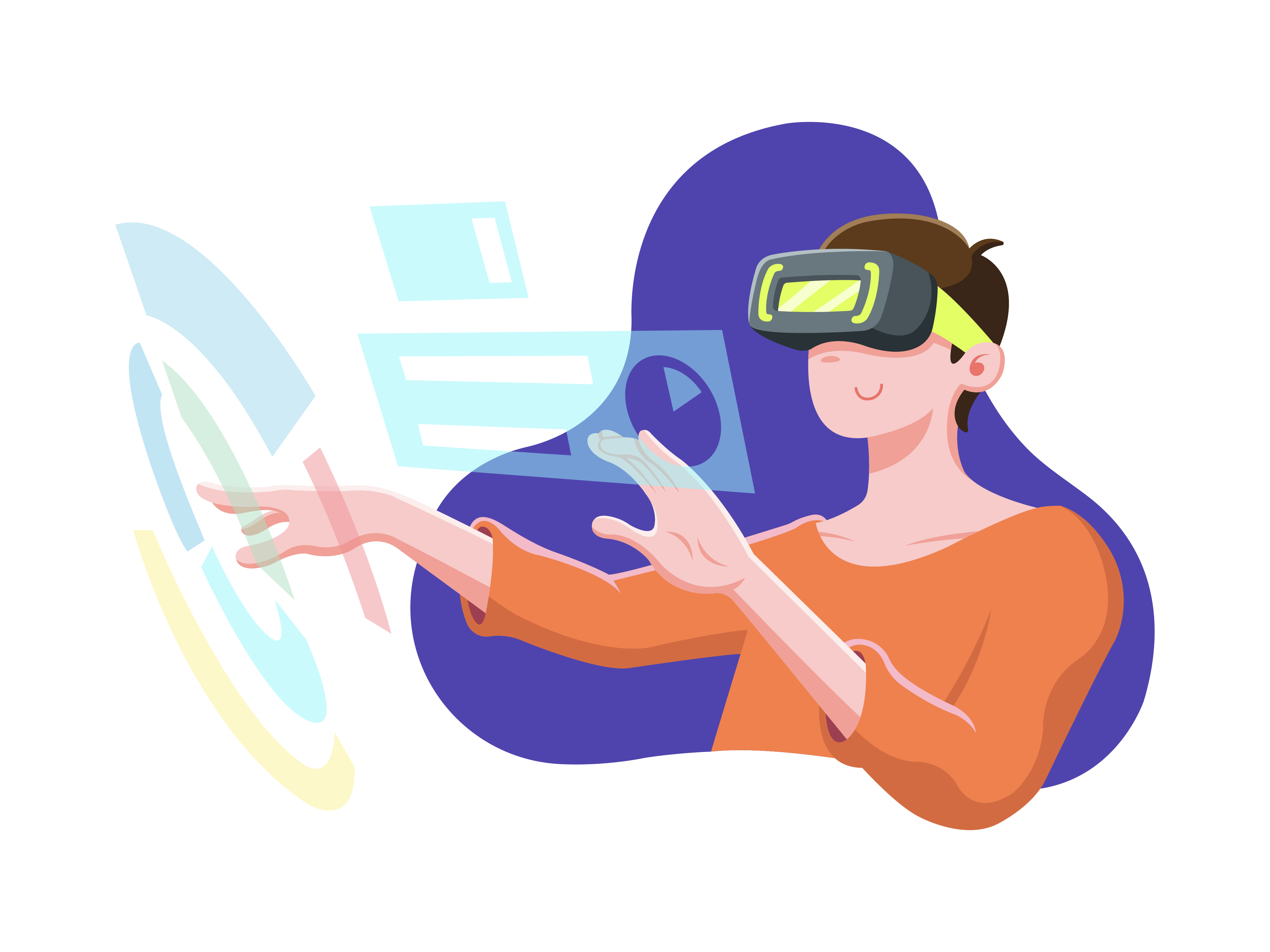The future of design goes beyond mere looks; it’s about creating experiences that resonate, feel personal, and foster deep connections. With technology evolving and audiences seeking genuine interactions, brands must elevate their approach. The trends that will define 2025 are daring, immersive, and crafted to make a lasting impact. As a leading branding agency in Bangalore, Mellow Designs is at the forefront, providing cutting-edge, strategy-focused solutions that transcend just visuals. Let’s explore what lies ahead in the realms of branding and digital design.
1. Dynamic Brand Identities
What’s Changing? Logos and visuals are no longer static. They’re responsive, adaptive, and designed to shift based on user interaction, platform, or even time of day.
Why It Matters: A dynamic brand identity makes a brand feel alive, evolving with its audience rather than staying fixed in place.
Real-World Examples: Think logos that subtly morph based on user engagement, colour palettes that shift depending on device mode, and motion-based branding elements that react to user actions.
2. AI-Generated Personalization in Real-Time
What’s Changing? AI is moving beyond automation—it’s creating hyper-personalized brand interactions in real time.
Why It Matters: Custom experiences make audiences feel seen. AI-driven design adapts dynamically, ensuring every touchpoint is relevant.
Real-World Examples: E-commerce platforms with AI-curated landing pages that adjust typography, colours, and imagery based on user preferences and browsing history.
3. Micro-Interactions & Living UX Elements
What’s Changing? Small interactions are making a big impact. Expect seamless, fluid, and responsive animations that enhance user experience.
Why It Matters: Thoughtful micro-interactions create intuitive, engaging, and delightful user experiences.
Real-World Examples: Cursor animations that react to scrolling behaviour, buttons with dynamic hover effects, and interactive gradients that shift as users explore a site.
4. Eco-Conscious Visual Narratives
What’s Changing? Sustainability is no longer a trend—it’s an expectation. Brands are embracing natural textures, muted tones, and minimalist aesthetics to communicate eco-conscious values.
Why It Matters: Consumers want brands that align with their values. A sustainable visual approach builds trust and credibility.
Real-World Examples: Digital assets inspired by organic patterns, interfaces designed with dark mode to reduce power consumption, and branding elements that emphasize environmental responsibility.
5. Immersive 3D & VR-Ready Branding
What’s Changing? 3D design is breaking into the mainstream, blending seamlessly with VR to create deeply engaging digital spaces.
Why It Matters: As virtual experiences become more integrated into everyday life, brands that embrace immersive design will stand out.
Real-World Examples: Virtual storefronts where users can “walk through” a brand’s offerings, interactive 3D product galleries, and VR-compatible brand experiences.
6. Humanizing AI & Brand Personification
What’s Changing? AI-driven brand interactions are becoming more personal, moving away from robotic responses to brand personas with tone, humour, and relatability.
Why It Matters: People crave human connection—even from AI. A more relatable, conversational approach builds brand loyalty.
Real-World Examples: AI chatbots with distinct personalities, voice assistants that align with brand values, and automated interactions that feel natural, not scripted.
7. Ultra-Minimalism with a Maximalist Twist
What’s Changing? Minimalism isn’t going anywhere, but it’s getting a bold upgrade with high-impact elements like oversized typography and unexpected bursts of colour.
Why It Matters: Clean design feels modern and professional, but a pop of maximalist energy makes it unforgettable.
Real-World Examples: Simple, spacious layouts with dynamic typography and neon accents that highlight key moments.
8. Voice-Led Branding & Accessibility-First Design
What’s Changing? With the rise of voice interfaces, brands are designing experiences that prioritize voice interactions and accessibility.
Why It Matters: Inclusive design isn’t optional—it’s essential. Voice-first experiences make brands more accessible and user-friendly.
Real-World Examples: Voice-guided website navigation, branded audio experiences, and voice-controlled e-commerce journeys.
9. Bold, Expressive Typography as a Branding Statement
What’s Changing? Typography is stepping into the spotlight, becoming a core element of brand identity rather than just a functional component.
Why It Matters: The right typeface tells a story, evokes emotion, and defines a brand’s personality.
Real-World Examples: Organic, hand-drawn fonts that add authenticity, type that subtly shifts based on user interaction, and dynamic lettering that adapts to different screen sizes.
10. Data-Driven Storytelling in Brand Campaigns
What’s Changing? Brands are leveraging data to craft compelling, transparent, and visually engaging narratives.
Why It Matters: Consumers expect transparency. Data-backed storytelling enhances credibility and trust.
Real-World Examples: Interactive infographics showing sustainability efforts, brand transparency pages highlighting key impact metrics, and animated data visualizations that bring numbers to life.
Looking Ahead to 2025
The future of design is dynamic, immersive, and deeply human. As brands push boundaries and embrace these trends, they’ll move beyond just aesthetics to craft experiences that truly connect with their audience.
As a leading branding agency in Bangalore, Mellow Designs specialises in creating compelling brand identities, seamless UX/UI design, and cutting-edge digital experiences. Recognised as one of the best branding agencies in Bangalore, we go beyond trends to craft meaningful and impactful solutions for brands looking to stand out. Whether you need top branding solutions in Bangalore or a best-in-class branding company, we’re here to transform your vision into reality.
Ready to create something extraordinary? Let’s talk. Written by Rohan R







